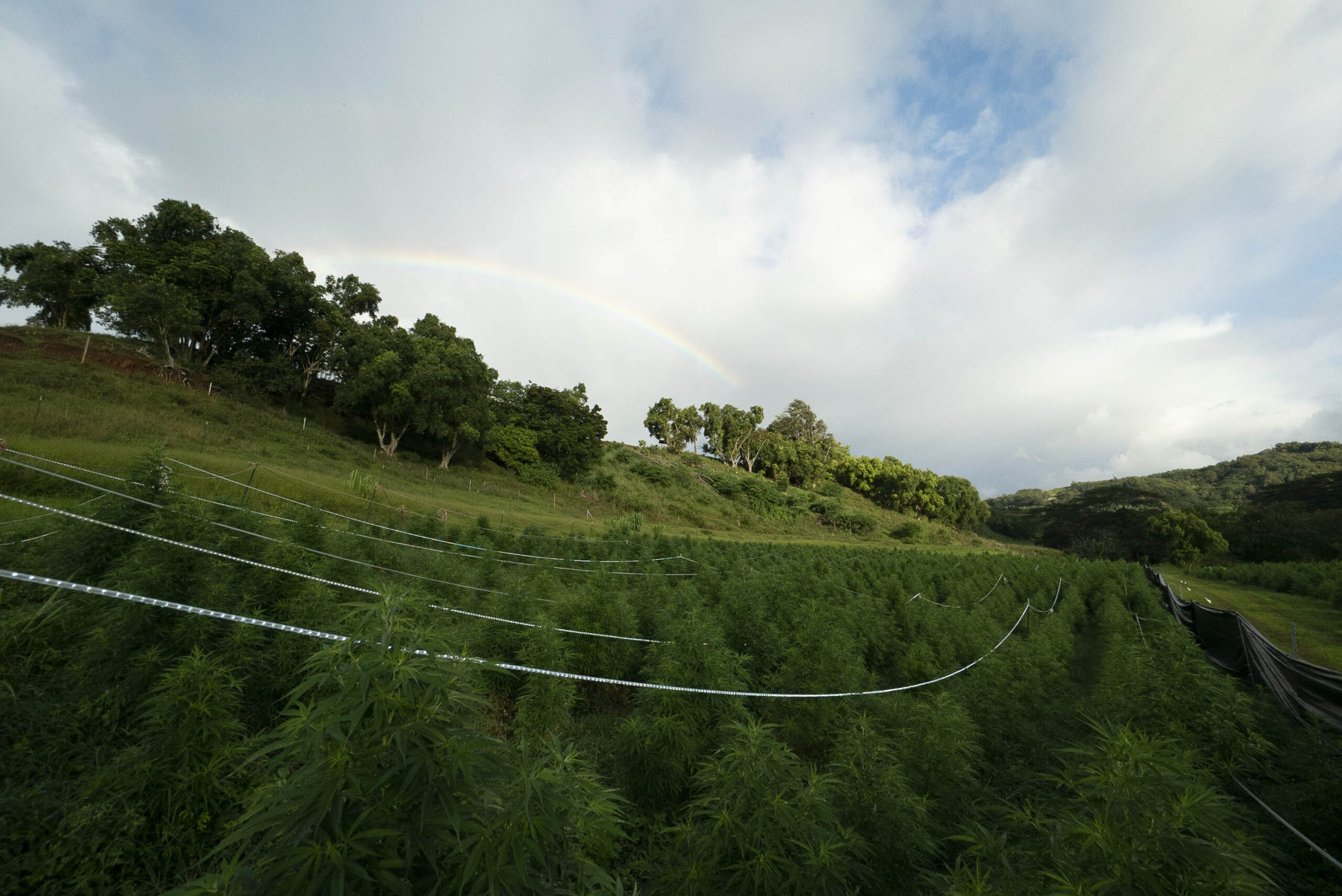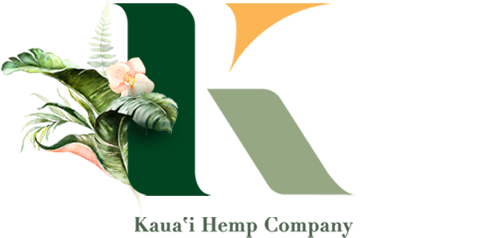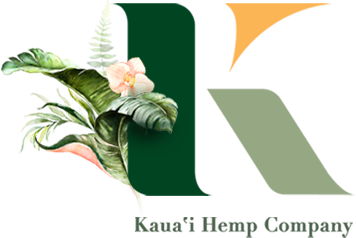
Kauai Hemp Company is ideally situated on the sunny southside of Kauai where there is ample sunshine and cooling trade winds to nourish our farm’s hemp cultivation. As a USDA-certified organic hemp farm, no harsh chemicals are used in our cultivation process. Being here on Kauai, we realize how precious our aina and natural resources are. Uncle Daryl and his ohana have been farming and ranching this aina for 100 years. Needless to say, Koloa has a special place in our hearts. Here at Kauai Hemp Company our kuleana or responsibility to our aina is something we take seriously. We utilize sustainable energy practices and technologies, along with regenerative organic farming practices to reduce our carbon footprint both on a local and global scale. With a breathtaking view of Haupu Mountain, our farm is nestled in Koloa’s lush greenery. In ancient Hawaii, Kauai was divided into five major districts. East Kona, Puna, Koolau, Halele’a, Napali, and West Kona. Kauai Hemp Company is located in the East Kona District in the Ahupuaa of Koloa. Koloa “is well watered by constantly flowing streams. Two of these, the Omao, ‘green,’ and Poeleele, ‘dark night,’ feed the area of Piwai. Where they join, the stream becomes Waikomo, ‘entering water,’ which flows down the center of the land, bringing life to the drier regions toward the seashore. It is so named because from time to time the stream disappears for a bit before reappearing farther down the slope.” Excerpt taken from Page 40 Kauai Ancient Place- Names and Their Stories by Frederick B Wichman. This account isn’t the only (word missing) to speak about the fertility of Koloa. Ancient Site of Kauai by Van James pages 142-144 explains .“In January of 1778, Captain James Cook, while sailing along the southern coast of Kauai, wrote in his journal: “what we saw of their agriculture furnished sufficient proofs that they are not novices in that art. The vale ground has already been mentioned as one continuous plantation of kalo and a few other things, which all have the appearance of being well attended to.” Other early explorers to the island noted that the fields were verdant and abundant with taro, sugar cane, and sweet potatoes. Until the first quarter of the 1800s, the land from the foothills of Haupu to the shoreline at Hanakaape Bay and much of southern Kauai was lush and productive despite what today would be considered unfavorable conditions. The ahupuaa of Koloa is on a pahoehoe plain of basaltic lava, the soil of which the U.S. Soil Conservation Service classifies as totally unsuitable for agriculture. The soil is a very silty and rocky clay, and the area receives only between 30 and 40 inches of rain annually. And yet the precontact region of Koloa featured some of the most advanced early Polynesian farming practices and agricultural production methods in Hawaii. We are inspired by our rich heritage as we continue to cultivate this special aina. We take pride in cultivating USDA Certified Organic Hemp.
In Hawaii, names are very important. They hold meaning. Koloa is no different. “There are three possible meanings of the name Koloa. First, the land may have been named after the koloa maoli, a native duck that lived in the large marshes that covered much of the western area of the ahupuaa. Two migratory ducks once found in this area at certain times of the year are the koloa mapu, the pin-tailed duck and the koloa moha, the shoveler or spoonbill duck. The indigenous koloa maoli is not a migratory bird and it has been considered an endangered species since 1978. It is also said that the ahupuaa took its name from a steep rock on the east bankof Maulili Pond in Waikomo Stream. The rock is Pali-o-koloa, ‘cliff of Koloa,’ but there is no indication of who or what Koloa was. The name may also be Ko-loa, ‘tall sugarcane.’Sugarcane was one of the plants brought by the original Polynesian settlers and grown in the gardens and along the banks of taro patches as a source of sugar. Sometimes the leaves were used for thatching houses. Kauai farmers had names for at least forty varieties of sugarcane, and the tallest ko grew up to thirty feet in height. It was perhaps no accident that Hawaii’s first sugar plantation was established at Koloa.” Throughauthors like Van James and Frederick B. Wichman, the fruitfulness of Koloa is fortified through literature. We take pride in carrying on these traditions. We are committed to our kuleana to our community. We strive to diversify Hawaii’s economy by creating new agricultural and STEMjob opportunities. We honor our kuleana to our aina by utilizing sustainable energy practices and technology, along with regenerative organic farming practices to reduce our carbon footprint both on a local and global scale. Come down and check us out! Find us at 4555C Koloa Road. We are on the farm Monday, Wednesday and Friday 9:00 till 3:00PM. Hope to see you soon! Aloha!
If you can’t make it to our farm stand located at 4555C Koloa Road. You can find our CBD and CBG products at a number of places. If you are on the south side of Kauai, our CBD products can be found at Lawai Market, Kauai Kookie, Kukuiula Market, Living Foods, Koloa Chiropractic, Living Foods, Kukuiula Spa, Endless Summer Surf School, Koa Kea Resort Spa and the Wine Shop. In town Kauai Hemp Company Products, can be found at, Aloha Ginger Beer, Vim n Vigor, The Pineapple Store,
Bibliography
Wichman, Frederick B. Kauaʻi: Ancient Place-Names and Their Stories. University of Hawaiʻi Press, 2006.
James, Van. Ancient Sites of Kaua’i: A Guide to Hawaiian Archaeological and Cultural Places. Mutual Publishing, 2015.






